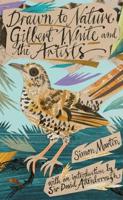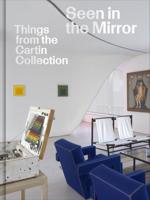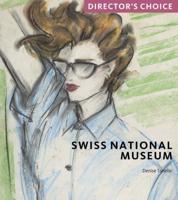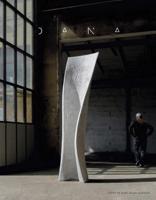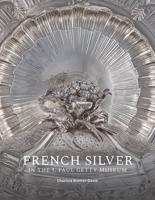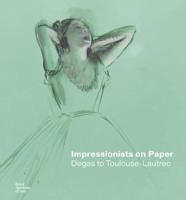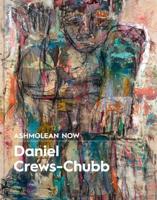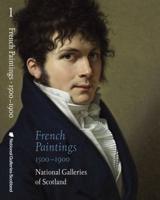Publisher's Synopsis
Tokyo 1955-1970: A New Avant-Garde explores the extraordinary convergence of artists, intellectuals, and creators in Japan's capital city during the radically transformative postwar period. Examining works from a range of media - paintings, sculpture, photographs, drawings, prints, videos and films, as well as graphics, architecture, musical compositions and dance - this is the first publication in English to focus in depth on the full scope of postwar art in Japan. The city during this period was a vibrant hub that attracted such critical artistic figures as Taro Okamoto, Hiroshi Nakamura, Ay-O, Yoko Ono, Mieko Shiomi and Tetsumi Kudo; photographers Daido Moriyama, Eikoh Hosoe and Shomei Tomatsu; illustrators and graphic designers Tadanori Yokoo, Kohei Sugiura and Kiyoshi Awazu; and architects Arata Isozaki and Kisho Kurokawa; as well as many important artists' collectives. Curator Doryun Chong's introductory essay investigates Tokyo's sociopolitical context and the massive urban changes that redefined the city as a vital node in the international avant-garde network. Essays by scholars Hayashi Michio and Miryam Sas and curator Mika Yoshitake discuss central notions of postwar Japanese art, including design and graphics; the development of new sculptural languages; and the 'intermedia' trend that engendered experimental performance works and cross-pollination among artistic modes.

